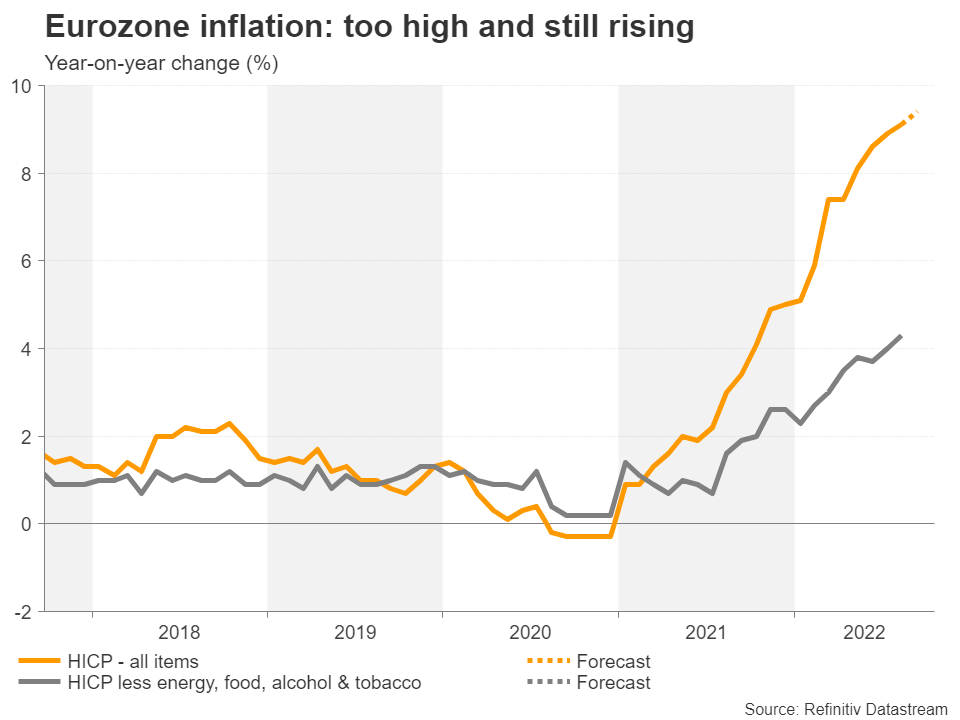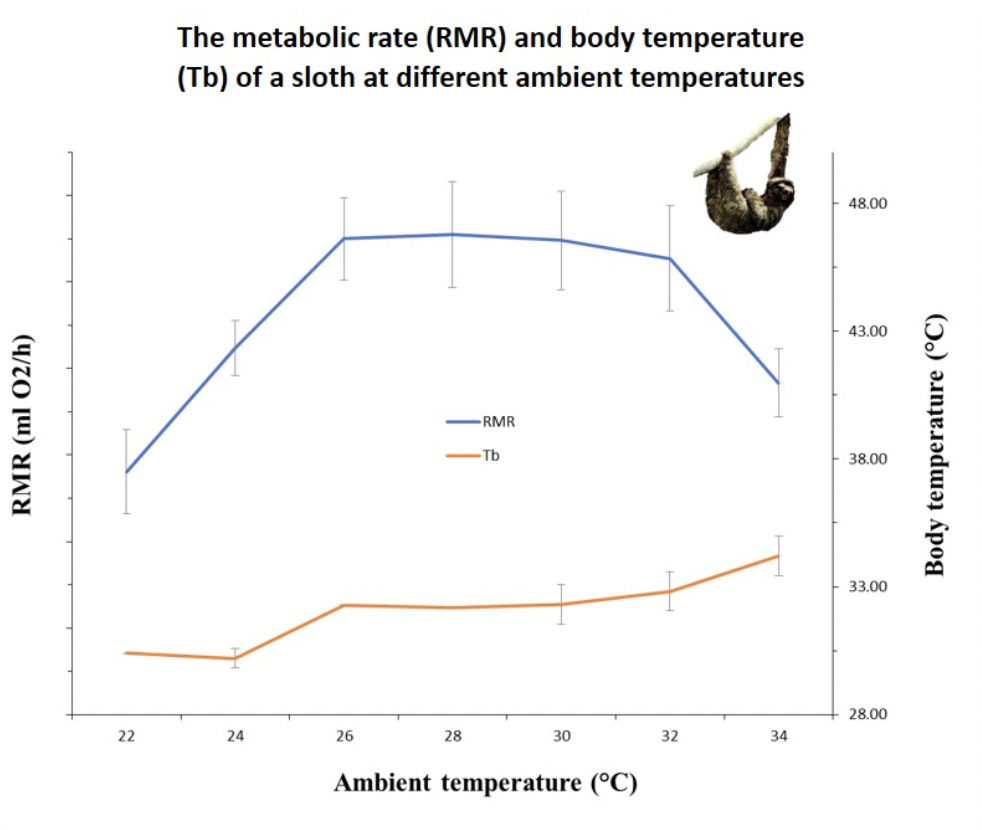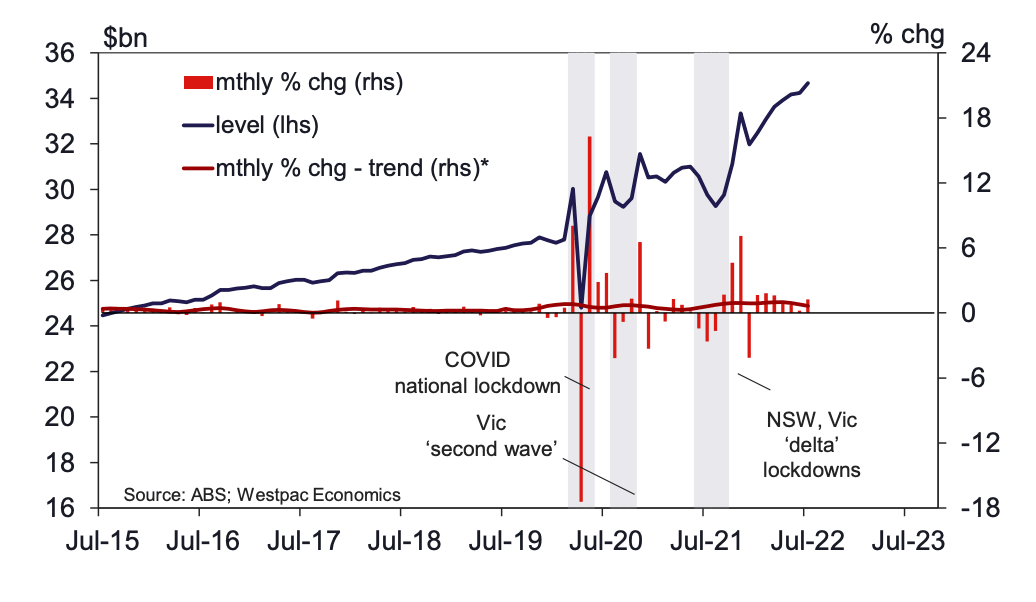Traders’ Diary: Everything you need to get ready for the week ahead

Via Getty
The economic week that was
Hawkish central banks and soaring inflation were once again the twin culprits of downward pressure on Wall Street, which had an especially ordinary week.
Poor global leads on Friday took the ASX 200’s losses for last week to over 4%… so it looks like a glum start to the trading week here for Aussie stocks.
It’s an old tune already, but let’s play it again – while inflation data might look like it’s past the peak-Stateside, the American central bank won’t be fooled twice and didn’t blink before boosting the cost of money by another 75 basis points .
Elsewhere, the Bank of England (BoE) got hawkish to the tune of 50 bps. The Swedes went for the Full Volcker at 100 bps. The Swiss central bank did 0.75%.
The central bankers of Norway, the Philippines, Indonesia, South Africa and Taiwan all put on crampons and went hiking.

The Reserve Bank of Australia released their minutes for August. Lots happened since then, so I personally found their dovish tone a bit redundant.
Also inspiring indifference – local business PMIs which lifted slightly during September indicating the rather bleh conditions remain a bit bleh for now. Worth noting in the detail – backed up orders are thinning, delivery times are on the improve and there’s some initial signs of easing price pressures.
The Bureau of Numbers says March quarter population growth rebounded to 0.9% over the year, reflecting the return of net immigration which added circa 100k new little Aussies after going and then staying negative throughout the Age of the Pandemic circa 2020-21.
The new Marrickville Government will be patching together the 2021-22 budget, and the welcome news is that the deficit is likely to be circa $50 billion stronger than expected in March.
But don’t assume a similar improvement across the forward estimates, says AMP Capital’s Shane Oliver.
“It’s been known since before the election that based on monthly budget data the last financial year’s deficit would be far smaller than predicted in March – thanks to a combination of soaring corporate tax (with high commodity prices) and personal tax (with the strong jobs market), lower welfare payments and delays in some spending.”
If you need to check the commodity price windfall, see Corporation, New Hope: FY22 profit up 1146% yoy.
Around the world
US data releases over the last week focussed on housing and it was weak. Jobless claims still remain low, but jobs are a lagging indicator. Eurozone consumer sentiment fell to a new low in September which doesn’t augur well for spending.
A stupendous Best of British collection of tax cuts for high-income earners and happy companies (circa 1% of UK GDP) sound nice but will likely fuel inflation and tighten the space between the rock and the hard place where the BoE lives. Ergo sum UK bond yields look spikey, as the gloomy fiscal outlook squeezed the pound to a 37-year low.
The ultra – possibly a bit too – ultra-easy Bank of Japan (BoJ) left monetary policy ultra-easy again. While CPI inflation picked up to 3% yoy in August, core (sans food and energy) inflation is still just 0.7% year on year implying that with super low jobless rates (dropping this week at circa 2.5%) genuine Japanese inflation is actually still below the 2% target.
Stuff you probably didn’t know
Sloths can hold their breath longer than dolphins can. By slowing their heart rates and being generally uncanny, sloths can hold their breath for up to 40 minutes. Dolphins need to come up for air after about 10 minutes, whereas sloths appear physiologically indifferent enough as to stop breathing for the duration of a Star Trek episode. It’s in the Readers Digest, so don’t even bother.
Also, a sloth’s reduction in metabolic rate at high temperatures is just the exact opposite of what typically happens in all other animals.

The global online gambling and betting industry topped a record US$61.5 billion in 2021, more than Netflix and Disney combined (and a record as sports betting continues to grow in size, especially in the US).
Wait. Don’t go back to work yet. A flock of ravens is called an unkindness, or (even better) a conspiracy. I may like that even more. A flock of crows is OFC a murder of crows.
The Week Ahead
While The Fedmeeting is done, this is a week of non-stop Fedspeaking and will provide us all with ample evidence of Fedthinking, if that’s what they’ve really been doing.
In the US, expect a continued rise in underlying durable goods orders, a small rise in consumer confidence but a slowing in home price gains and a fall in new home sales (all due Tuesday) and sluggish August growth in personal spending (Friday). Core personal consumption deflator inflation for August (Friday) is expected to show a rise to 4.8% yoy but remain well down from its February high of 5.3% yoy.
Eurozone data is likely to show a further fall in economic confidence (Thursday) and flat unemployment at 6.6% but another rise in CPI inflation to 9.7% yoy with core inflation rising to 4.9% yoy (both Friday).
In Asia, Friday’s also likely to see Japan’s jobless rate (for August) dip even lower to 2.5%, while Chinese business PMIs for September are expected to show a pulse, but not much more.
At home, of interest is the ABS’ bi-monthly CPI data for July and August on Thursday, where AMP is expecting a further acceleration to 7.8% yoy in July and 7.1% yoy in August – consistent with expectations of a further rise in inflation into year-end.
In other data, retail sales (Wednesday) are likely to rise just 0.1% in August after a 1.3% surge in July, despite RBA rate rises, cost of living pressures and a sharp slide in consumer sentiment. Go us!
How about some monthly retail sales:

August job vacancy data (Thursday) is likely to show that vacancies remain very strong but that their pace of growth is slowing and private credit data for August (Friday) is likely to show some further loss of momentum in housing credit.
Political risk
One senses a bad week for Russia and Ukraine and to a lesser extent the rest of us.
Meanwhile, Italians are going to the polls as I write.
Leading early counting is the 46-year-old founder of the far-right Brothers of Italy party, Giorgia Meloni, who looks set to be the face of a coalition featuring former PM Silvio Berlusconi.
Markets have much to fear – Italio-EU relations, nascent fascism, old Bunga Bunga himself, and the post-COVID economic recovery. Italian government bond yields may spike if a Meloni alliance do indeed win a majority.
The Economic Calendar
Monday 26 – Friday 30 September
Source: Westpac and Investing.com
Australia and New Zealand
TUESDAY
NZ RBNZ Governor Orr speaking
WEDNESDAY
Au August retail sales
Au Q3 job vacancies (ABS measure)
THURSDAY
NZ September ANZ business confidence
Au ABS Monthly CPI indicator, July and August
FRIDAY
Au August private sector credit
Global
MONDAY
Japan September Nikkei services PMI
US August Chicago Fed activity index
TUESDAY
China August industrial profits
US August durable goods orders
US July FHFA house prices 0.1% 0.0%
US July S&P/CS home price index
US September consumer confidence index
US Richmond Fed index
US August new home sales
US Fedspeak (Gov J Powell)
WEDNESDAY
UK September Nationwide house prices
US August wholesale inventories
US August pending home sales
Fedspeak (Messrs Daly, Bostic, Bullard, Evans)
THURSDAY
EU September economic confidence – should be fun
EU September consumer confidence also probs record fun
UK August net mortgage lending
US Initial jobless claims
US Q2 GDP, annualised
Fedspeak (Messrs Bullard, Mester, Daly)
FRIDAY
Japan August industrial production
China September manufacturing PMI
China September non–manufacturing PMI
China September Caixin manufacturing PMI
China Q2 current account balance
EU August unemployment rate
EU September CPI
UK Q2 GDP, final
US August personal income / personal spending
US August PCE deflator
US August core PCE deflator
US September Chicago PMI
US September University of Michigan sentiment
Fedspeak (Messrs Brainard & Williams)
The ASX IPO calendar for this week
This list, courtesy of the ASX is, I find, rather speculative. Please do check with the exchange and an adult if keen to follow up.
(For example, we’re still waiting on) Australia Sunny Glass Group (ASX:AG1)
Listing date: 21 September
IPO: $7.5m at $0.35
This Australian-based holding company, through its subsidiaries, operates a glass production and supply business for structural building facades.
The group has a fully automated processing plant which it says is highly-efficient, accurate and scalable and an R&D focus on the development of cyclone resistant glass using new laminating and bonding techniques.
Listing: 26 September
IPO: $13.25m at $0.58
Atlantic’s main game is the 30Mt Ewoyaa lithium project in Ghana, where it is funded through to production via a co-production agreement with fellow mine developer Piedmont Lithium (ASX:PLL).
Piedmont has the right to earn up to 50% at the project level for 50% SC6 spodumene concentrate offtake at market rates by solely funding US$17m towards studies and exploration and US$70m towards mine capex.
Atlantic completed a scoping study for Ewoyaa in December 2021 and in March, updated the mineral resource estimate by a massive 42% to 30.1 million metric tonnes at 1.26% lithium, including indicated resources of 20.5 million tonnes at 1.29%.
A project pre-feasibility study is due in the third quarter of CY2022 which will incorporate the expanded resource.
Atlantic also has two applications pending covering a combined 774km2 area for lithium in the Ivory Coast; Agboville and Rubino.
Critical Minerals Group (ASX:CMG)
Listing: 27 September
IPO: $5m at $0.20
The company holds the Lindfield vanadium project in Queensland, where it plans to complete bulk ore sample collection through its large diameter core drilling campaign, add to the existing JORC resource, and complete metallurgy and pilot plant test work and a scoping study.
CMG also holds the Figtree Creek and Lorena Surrounds, both greenfield copper-gold projects in the Cloncurry region.
Basin Energy (ASX:BSN)
Listing: 29 September
IPO: $9m at $0.20
This explorer is looking for uranium in the Athabasca Basin in Canada, with the exclusive right to earn controlling interests in three highly prospective projects strategically located in near high grade operating mines and milling operations.
The company intends to begin systematic exploration on its projects immediately post-listing, with initial drill testing planned for the upcoming winter field season.
Adrad Holdings (ASX:AHL)
Listing: 30 September
IPO: $22m at $1.50
The company designs and manufactures heat transfer solutions for OE customers globally.
They also manufacture, import and distribute automotive parts for the aftermarket in Australia and New Zealand.
Bridge SaaS (ASX:BGE)
Listing: 30 September
IPO: $4.5m at $0.20
This company provides Software-as-a-Service (SaaS) based Customer Relationship Management (CRM) and workflow solutions to employment, care and support industries. The software is a single platform that simplifies the unique data, compliance and documentary evidence requirements of major government-funded programs through a unified user interface, BGE says.
Nightingale Intelligent Systems (ASX:NGL)
Listing: 30 September
IPO: $10m at $0.35
This company develops and sells Unmanned Aerial Vehicles (UAVs) or drones for commercial applications – and there’s a bunch of them.
NGL says its tech has applications across solar farms, ports, O&G facilities, critical infrastructure like dams and power stations, in construction, border patrol, securing pipelines, fire and oil spills along with search and rescue, crowd control and for prisons.
Basically, the drones can respond to a threat; when a security alarm is triggered the system automatically dispatches a drone to the alarm location and streams live video to the security team.
They can also be scheduled for autonomous patrol missions based on day, time, path, altitude, hover duration, camera direction, and other mission details.
During a major event like an oil spill, chemical leak, or fire, you can manually dispatch a drone to monitor events as they unfold on the ground.
Plus, they can autonomously patrol areas of interest around the facility and send out alerts only when human and vehicle intruders are detected.
UNLOCK INSIGHTS
Discover the untold stories of emerging ASX stocks.
Daily news and expert analysis, it's free to subscribe.
By proceeding, you confirm you understand that we handle personal information in accordance with our Privacy Policy.








